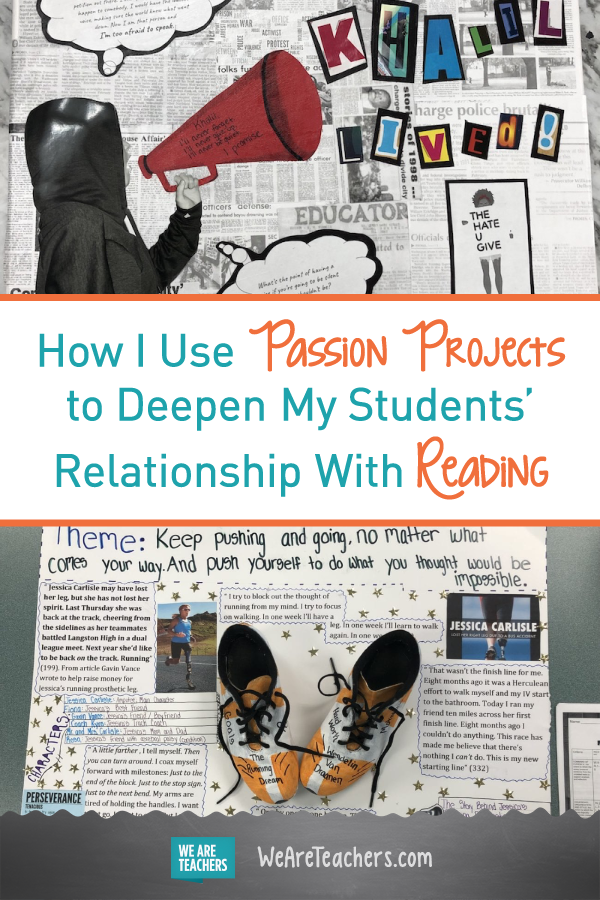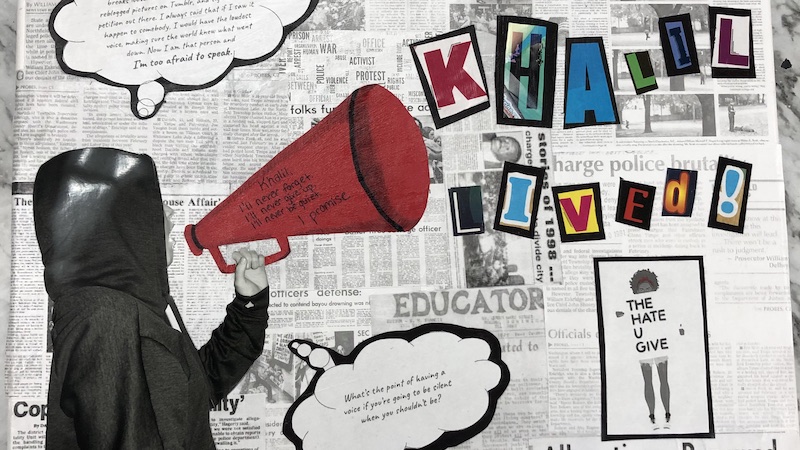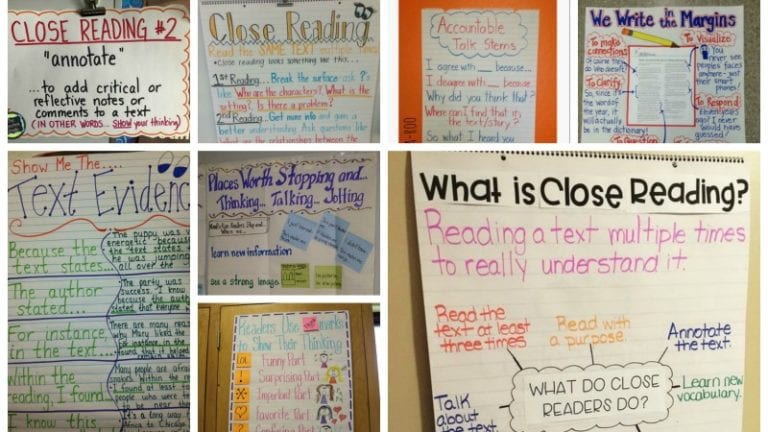Passion projects are magical. They are designed to tap into the things that make our students’ heart race, their eyes light up, and their engagement increase to maximum levels.
Last spring, I implemented passion projects for the first time as a culminating project for independent reading. Here’s how I did it and how it changed my relationships with my students and their reading forever.
1. Passion Projects are all about choice.
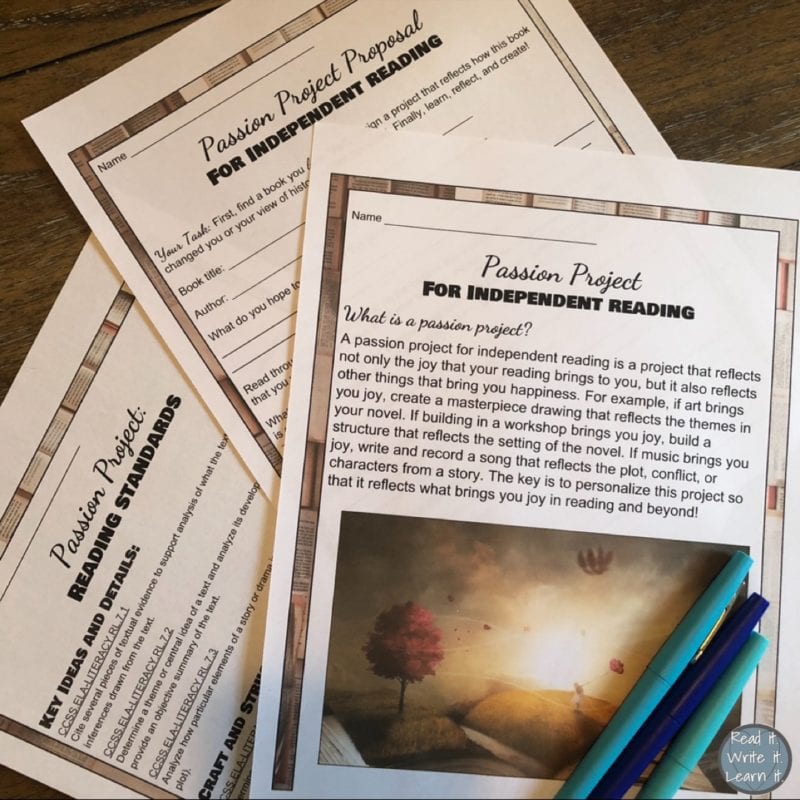
The first requirement I presented to students: find a book that you love. There are so many options for students today: graphic novels, audio books, informational texts, novels in verse, and high interest, relatable young adult novels. To kick off passion projects for independent reading, give your students time to explore as many books as possible.
Next, give students one week to become acquainted with their books. Once students have settled into their reading, introduce the passion project with a giant brainstorming session. Explain that a passion project is a project that students design and implement on their own. A passion project taps into the students’ talents—the things they love and that bring them joy.
[contextly_auto_sidebar]
Start brainstorming by asking, what are your passions? How could you use that passion to reflect your understanding of your novel? For example, if a student’s passion is baking, how could baking tie into a book project? If a student’s passion is music, how could that love turn into a project? Record student passions and project ideas.
Create a bulletin board of blank paper to use as a brainstorming space throughout the week. Allow students to write their ideas on the paper. Then, give students one week to come up with proposals for their projects.
2. Ground passion projects in deep learning.
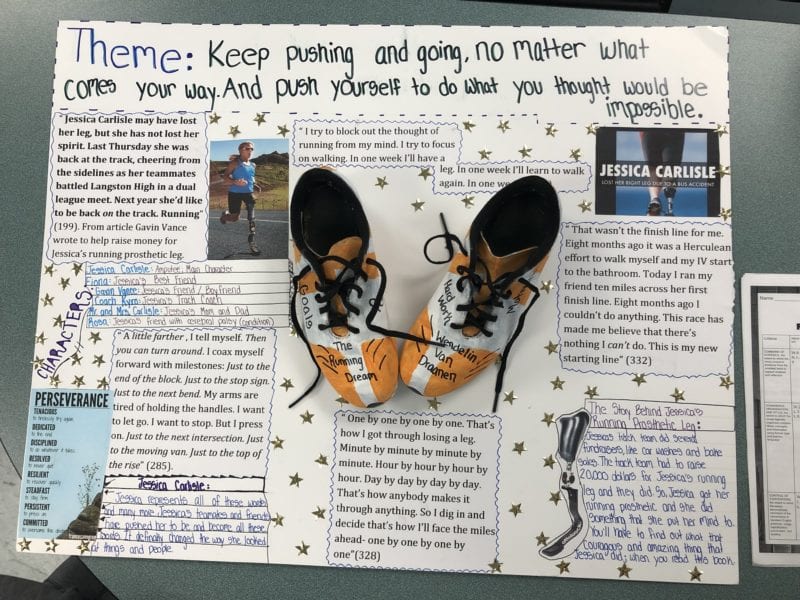
Standards are seldom attached to passion; however, it’s very possible to allow students to tap into their passions and ground that work in standards-based learning.
To create standards-based projects, start by giving students a list of reading standards during the brainstorming phase of their passion project work. Language can be simplified for younger students, and the list of standards can be narrowed down to the 5-10 most applicable.
Show students how to turn a basic idea into an idea grounded in standards. For example, if student’s passion is art, that student can show mastery of the standard RL 3 (Reading Literature: identify how the elements of a story interact) by drawing the impact of the setting on the character. The student will be working towards mastery of an important standard, but they will be communicating their understanding through a medium they love.
After identifying focus standards, have students create a simple rubric for grading. I have my students complete a one-criteria rubric and write a standards-based descriptor for five different levels of mastery. What would a project looks like if it demonstrates mastery of the standard? What would it look like if that skill was still developing?
Students hand in project proposals and their self-created, standards-based rubrics one week after I introduce them to passion projects.
3. Complete progress checks.
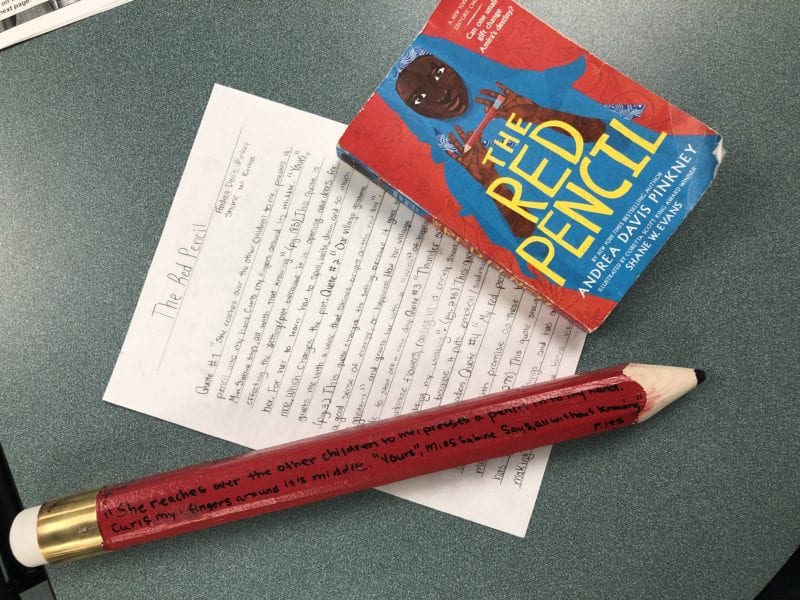
Passion projects are largely completed outside of class time. Some teachers call passion projects 20% time projects and dedicate one day a week to passion project work. Regardless of how much time you decide to dedicate to passion project work, it is important to check in on student progress between the initial proposal and the due date.
Check ins can be completed through email, student/teacher conferences, a short exit ticket that students complete in class with a simple prompt (i.e., describe the progress you have made with your passion project this week), or through a forum like Google Classroom.
Check in with your students once or twice a week until the due date. After proposals are turned in, I give my students three weeks to complete their passion projects. I complete progress checks once or twice each week through Google Classroom.
4. Let go.
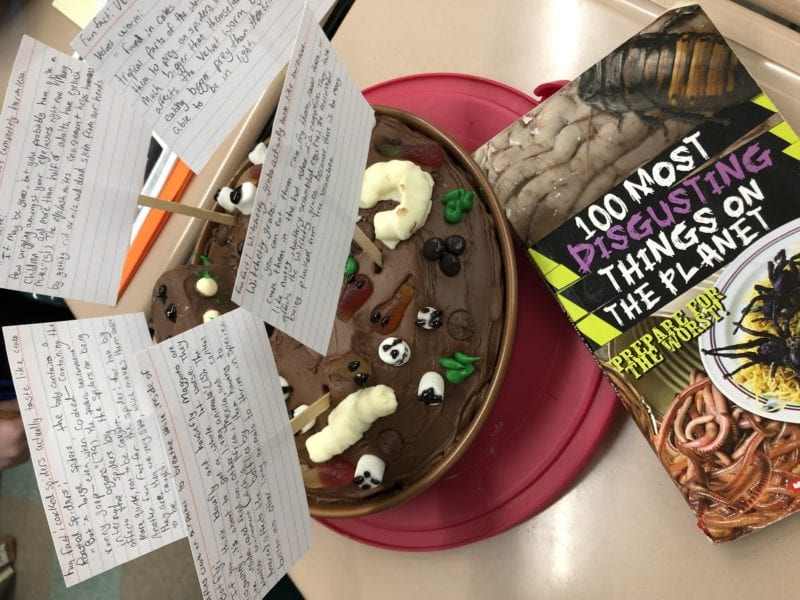
It will be scary to give students the freedom to design and create their own projects the first time through, especially if the work they do on their projects is completed mostly outside of school; however, the risk is worth it. When the adults in the room let go of some control, students rise to the challenge. You will be amazed at what your students are capable of. Even more, you will learn student talents you never knew existed. Students who might not normally shine will have the opportunity to show skills you didn’t know they had.
5. Celebrate students’ accomplishments.
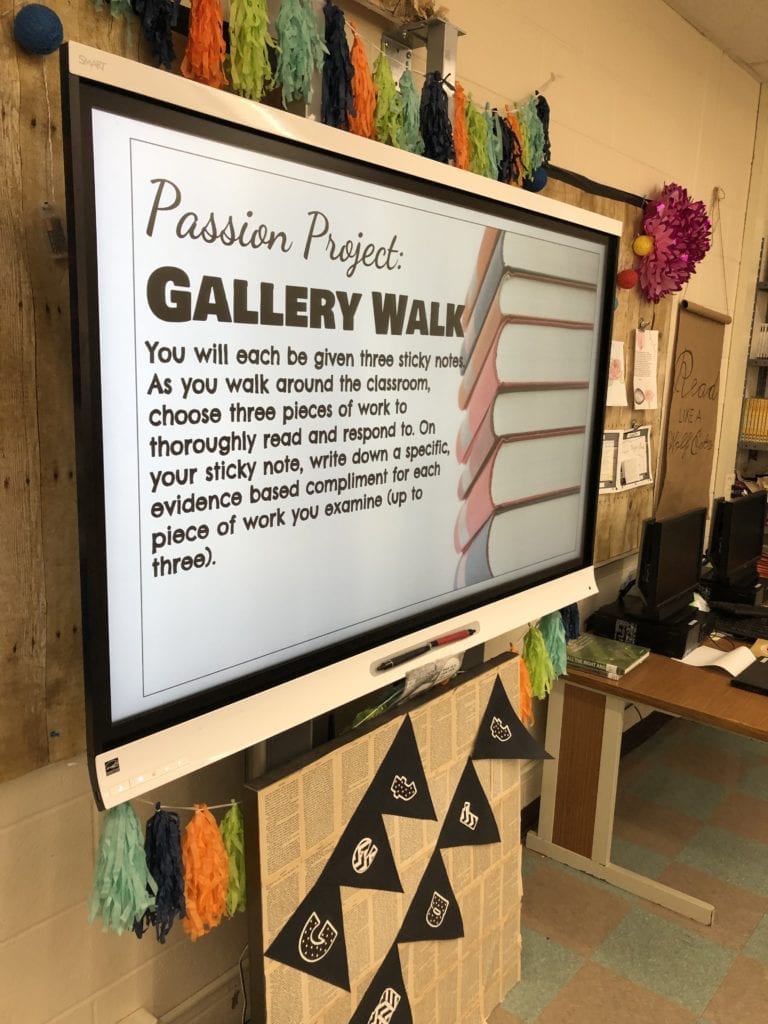
When students finish their passion projects, celebrate. A gallery walk is the perfect way to display and enjoy passion project work. Instruct students to display their passion project at their desks (unless they need to present their project in a formal way).
Give each student sticky notes, play music in the background, and give students time to peruse the projects and leave positive feedback for classmates.
Passion project gallery walks are one of my favorite days of teaching. It’s amazing to see what students create when the adults in the room let go and give students choice. Students will be inspired by each other. They will also have the opportunity to learn more about their classmate’s passions with an added bonus of learning about new books.
After implementing passion projects for independent reading, I had a new appreciation for my students. I knew the things that made them excited about learning. I was inspired by them and learned from them. Our sense of community and excitement about reading was stronger than ever. Try passion projects in your classroom and prepare to be amazed!
To see more of my students’ passion project work, check out my blog www.readitwriteitlearnit.com and my Instagram @readitwriteitlearnit.
Have you tried passion projects in the classroom? Come and share in our WeAreTeachers HELPLINE group on Facebook.
Plus, why I let my middle schoolers design my curriculum.
